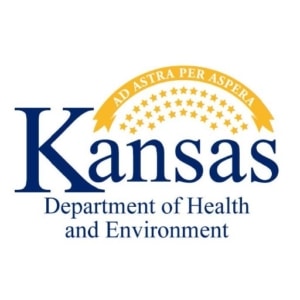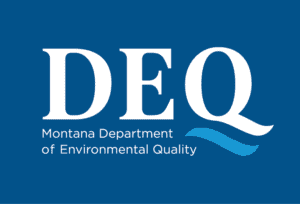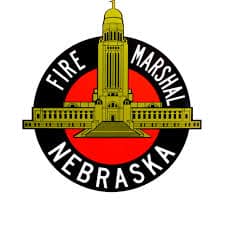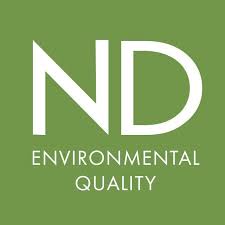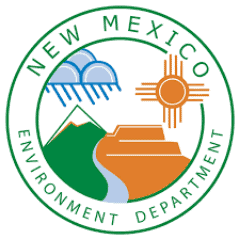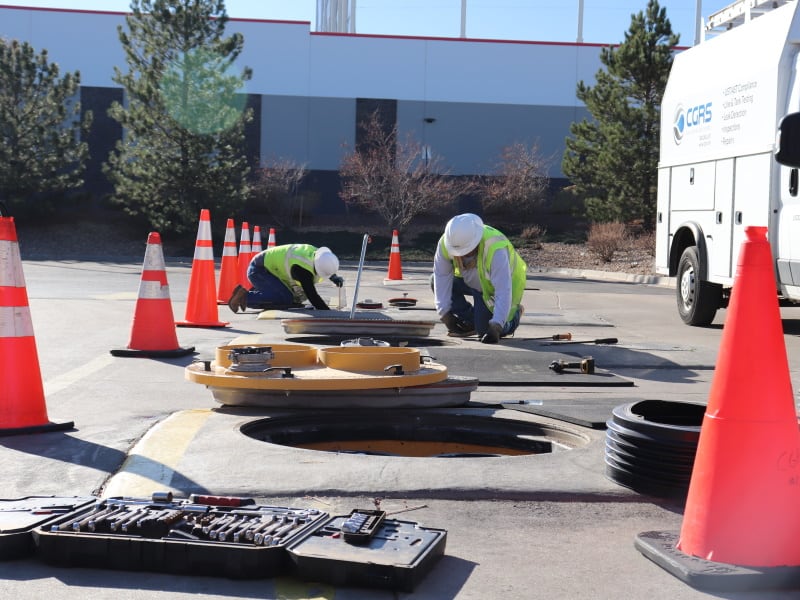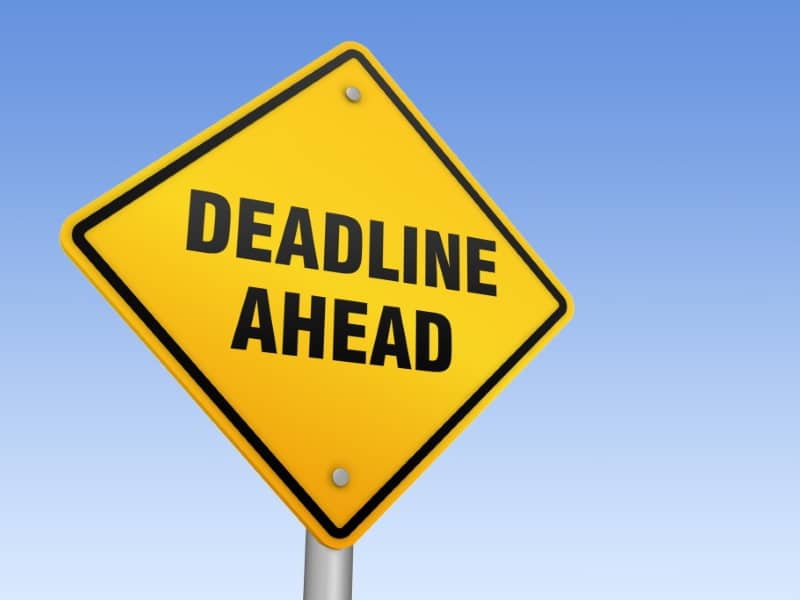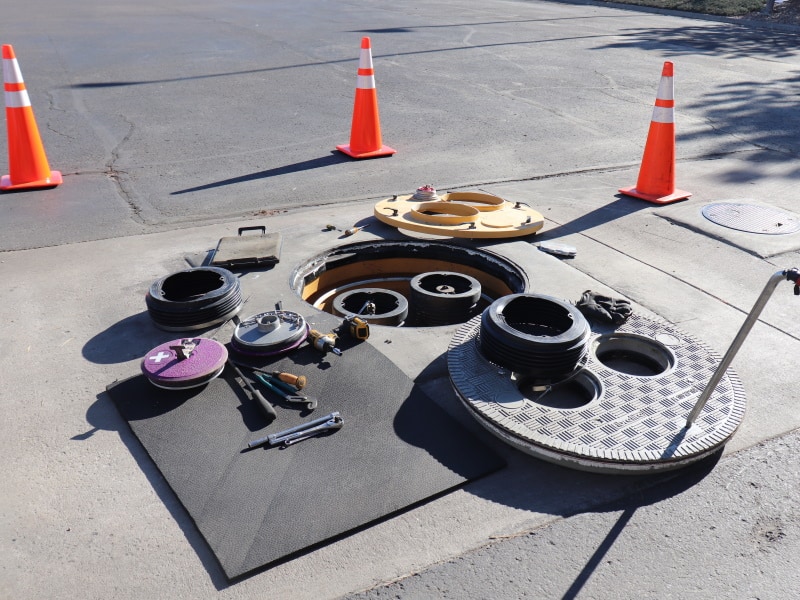UST testing deadlines loom in 2021 for several states
Underground storage tank (UST) owners/operators in a number of western and mid-western states are under deadline to test their fuel systems in 2021. While some don’t need to complete the testing until October, other deadlines are coming up this spring and summer – not far off when considering how many fuel systems need to be tested.
The testing requirements focus on the parts of tank systems most likely to leak or to fail, so a delay could result in not identifying and addressing releases for years. The longer a leak goes unchecked, the more damage it does to the environment and the more costly the cleanup.
Below is a list of the states and their regulatory agencies’ testing requirements for 2021.
- Spill bucket testing must be completed by Oct. 13 and then every three years, unless the tank has interstitial monitoring, in which case owners/operators need only test mechanical leak detector (MLD) or automatic line monitor (ALM) functions annually.
- If any failures are found on the tank or lines it must be reported within 24 hours to 785.296.6372 and repair paperwork (UST009) submitted within 30 days. If a leak is found, the Kansas Department of Health and Environment (KDHE) will put a tank on standby until the repairs are completed and submitted to the KDHE.
- All testing for UST functionality must be done by a Montana-licensed installer or inspector for the first time by Oct. 13.
- Repairs or equipment replacements before Oct. 13 must be tested at the time of repair/replacement in accordance with permit conditions.
- Spill buckets, sumps and overfill equipment must be tested annually.
- All secondary containment sumps also must be tested for the first time by Oct. 13 and any repairs or replacements before then must be tested at the time of repair/replacement in accordance with permit conditions by a Montana-licensed installer or inspector. This pertains to all tank systems – known as “Energy Act Tanks” – or piping replacements that have occurred after Nov. 26, 2009.
- Owners/operators do not have to test secondary piping or the interstitial of double wall piping, though they must test all containment sumps with secondary piping, also known as piping chase. If the piping chase is not fuel rated, it must be isolated from the containment sump.
- If a test fails on containment sumps that have automatic line leak detectors (ALLD) protection, immediate shut down of the system is not required. However, the failure must be reported within 24 hours to 800.457.0568. Repair of the sump requires a construction permit through the Montana Department of Environmental Quality. Depending on the type of system and their earlier compliance inspection, due dates to have it fixed are situational.
- Spill buckets and secondary containment must be tested by Oct. 13 and then every three years.
- Secondary piping needs to be tested upon installation only and then monitored monthly by opening sumps for visual inspection and documentation or by using electronic sump sensors. Those print-outs should be kept monthly from ATG.
- Reporting is required within 24 hours of a known failure to the local Fire Marshal office or deputy and Nebraska Department of Environment and Energy.
- The first test of a single-walled spill bucket’s integrity is required by April 1, 2021, then every three years;
- Second-containment testing is required every three years starting April 2021.
- Single-walled spill-prevention equipment must be tested no later than July 24, and double-walled spill-prevention equipment must be either tested or monitored every 30 days by July 24 or monitored every 30 days. Testing is then required every three years;
- Secondary-containment sump used for interstitial monitoring must be tested no later than July 24 if they are single walled. Double-walled containment sumps must be either monitored every 30 days or tested no later than July 24. Testing must then be conducted every three years.
- After October 13, 2018, South Dakota has required UST owners/operators to test new spill buckets at installation and every three years thereafter. Existing spill buckets must pass testing or be replaced by Oct. 13, 2021, and then tested at least every three years thereafter;
- After October 13, 2018, new UST system components must be tested at installation and every three years thereafter. Existing secondary containment must pass testing or be replaced by October 13, 2021, and then subsequent testing performed at least every three years.
CGRS Compliance Services experts are familiar with regulations and have technicians certified in every state listed above. If you have questions or need to schedule compliance testing for your fuel system before your state’s deadline, call 800.288.2657.


